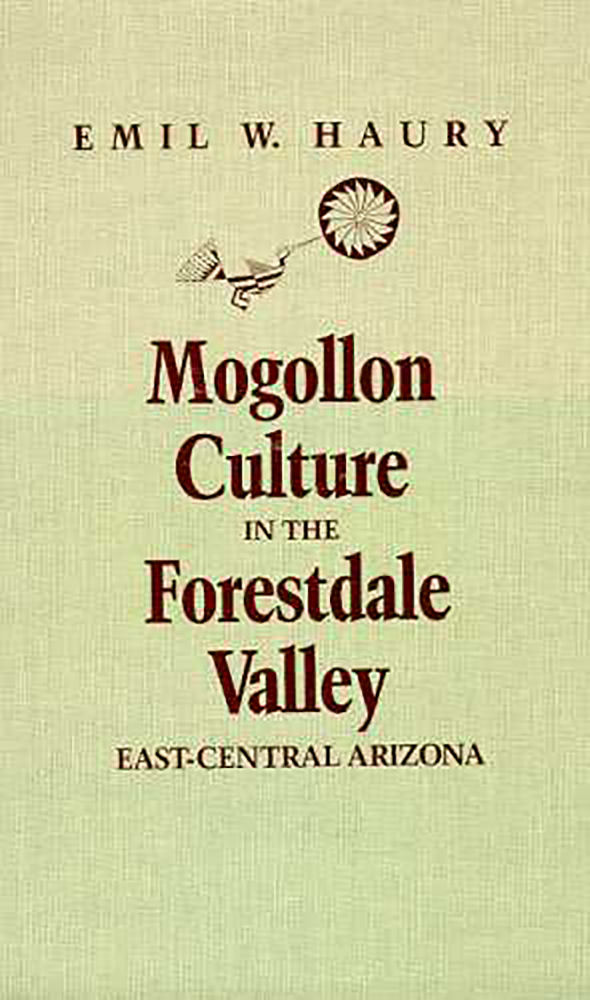Mogollon Culture in the Forestdale Valley, East-Central Arizona
Ebook ($65.00)
Buy
“Forestdale did more than any other single area to validate the emerging concept of a separate Mogollon culture, and in this compilation Haury provides the reader with not only the complete archaeological picture of this valley but also the history of the developemtn of the concept. Any Southwestern archaeologist and readers who want to stay abreast of the details of Nroth American prehistory should read this book.”—American Antiquity
Classic site reports establish the Mogollon on their own cultural track distinct from the Anasazi and also document the earliest known association of tree-ring dates with pottery in the Southwest. The excavations of Mogollon sites reported on in this volume were conducted at the early (1939–1941) field schools in Forestdale, Arizona.
Classic site reports establish the Mogollon on their own cultural track distinct from the Anasazi and also document the earliest known association of tree-ring dates with pottery in the Southwest. The excavations of Mogollon sites reported on in this volume were conducted at the early (1939–1941) field schools in Forestdale, Arizona.
“Written by a major contributor to the understanding of Southwestern archaeology, this volume provides important data and historical perspective for the Mogollon culture. . . . These sources are increasingly hard to find and in bringing them together under a single cover, the publisher has done a considerable service for the reader.”—American Antiquity
“Although the terms and models used by archaeologists have changed in the last twenty years, questions of group interaction and cultural boundaries are still very much at issue today.”—Kiva
“The importance of this volume . . . is in its significance for understanding Mogollon prehistory. In this context, Haury’s insights into the historical developments that led to the original formulation of the Mogollon concept are especially instructive. . . . Haury presents excellent physiographic, environmental, and land-form discussions that place the archaeology in context.”—Journal of Arizona History
“Although the terms and models used by archaeologists have changed in the last twenty years, questions of group interaction and cultural boundaries are still very much at issue today.”—Kiva
“The importance of this volume . . . is in its significance for understanding Mogollon prehistory. In this context, Haury’s insights into the historical developments that led to the original formulation of the Mogollon concept are especially instructive. . . . Haury presents excellent physiographic, environmental, and land-form discussions that place the archaeology in context.”—Journal of Arizona History
 The University of Arizona Press
The University of Arizona Press

